How To Find Focal Length Of Camera?
Understanding the focal length of a camera is crucial for both amateur and professional photographers. It determines the field of view and magnification of the images you capture, influencing the overall composition and perspective. In this article, we will delve into the various methods to find the focal length of a camera, the importance of focal length in photography, and practical tips to make the most out of your camera's focal length.
What is Focal Length?
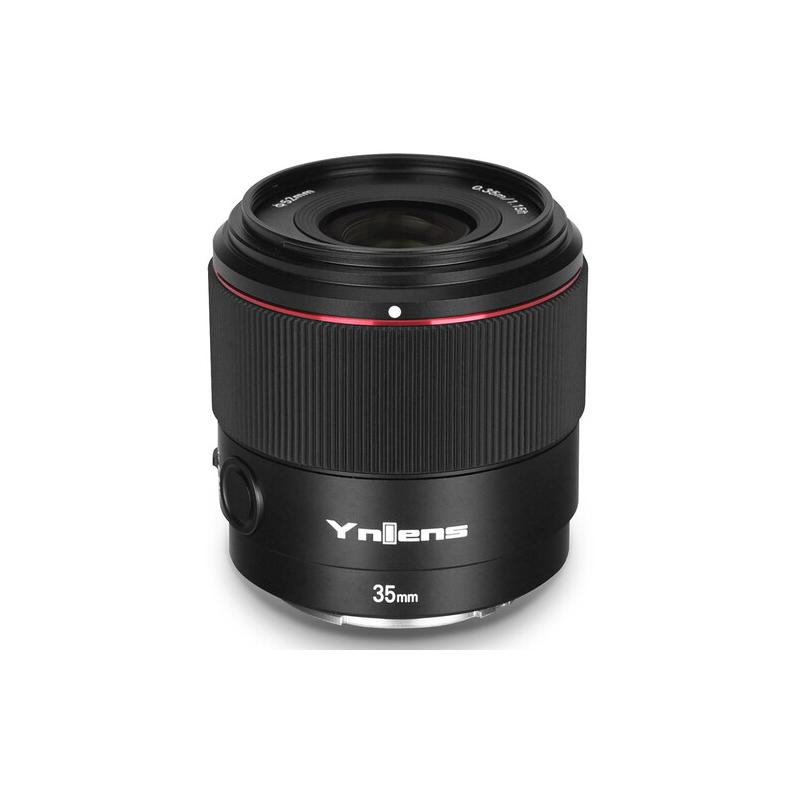
Focal length is the distance between the lens and the image sensor when the subject is in focus, usually measured in millimeters (mm). It is a key factor in determining the angle of view and the magnification of the image. A shorter focal length provides a wider field of view, while a longer focal length offers a narrower field of view with higher magnification.
Why is Focal Length Important?
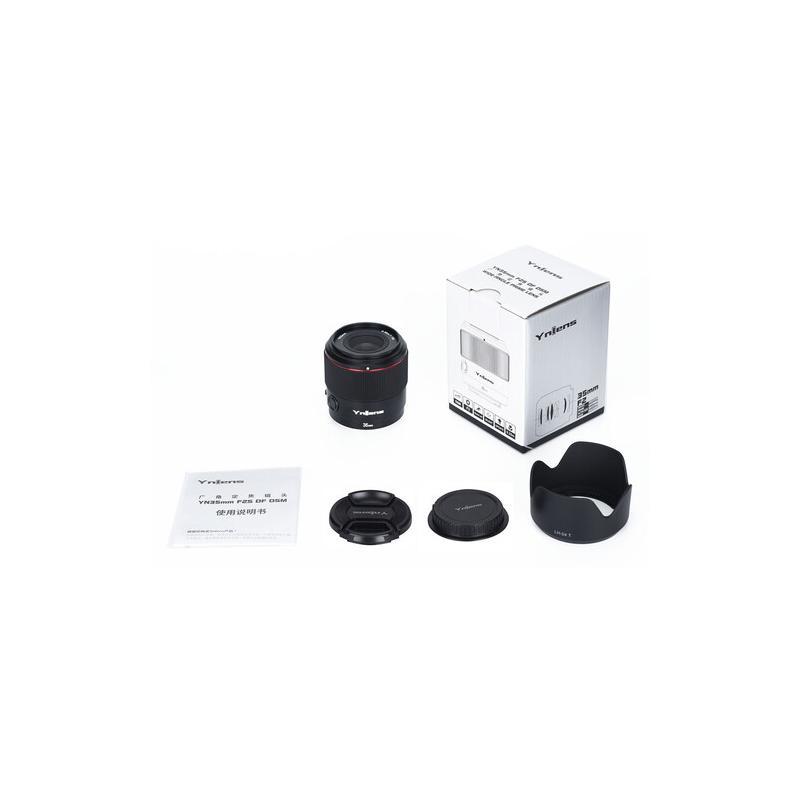
1. Field of View: The focal length directly affects how much of the scene will be captured. Wide-angle lenses (short focal lengths) capture more of the scene, making them ideal for landscapes and architecture. Telephoto lenses (long focal lengths) capture less of the scene but bring distant subjects closer, making them perfect for wildlife and sports photography.
2. Depth of Field: Focal length also influences the depth of field, which is the extent of the scene in focus. Shorter focal lengths generally provide a greater depth of field, while longer focal lengths offer a shallower depth of field, which is useful for portrait photography to isolate the subject from the background.
3. Perspective: Different focal lengths can alter the perspective of the image. Wide-angle lenses can exaggerate the distance between objects, while telephoto lenses compress the distance, making objects appear closer together.
Methods to Find the Focal Length of a Camera
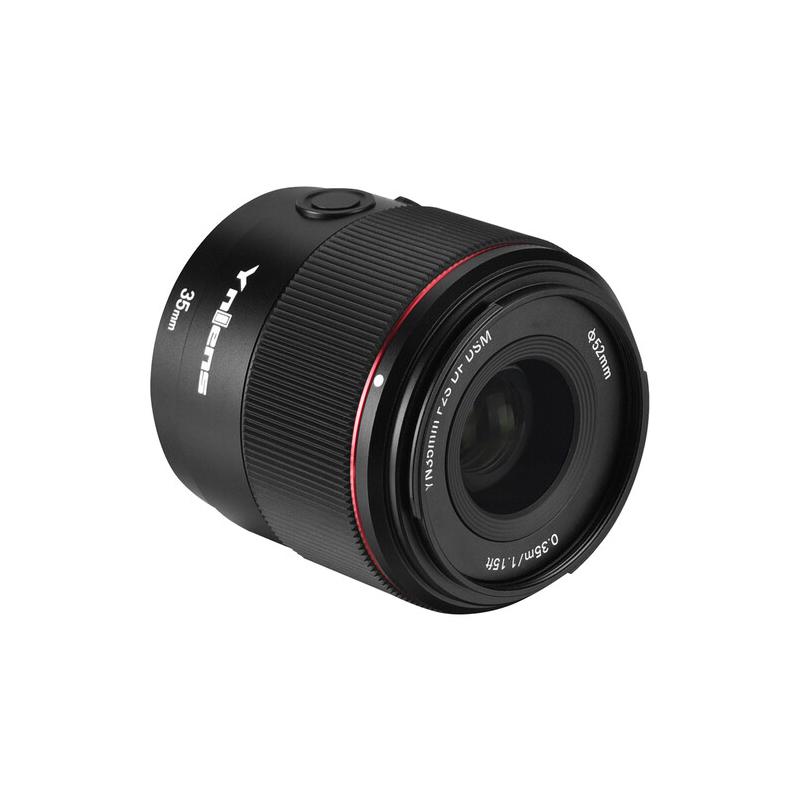
1. Lens Markings
The simplest way to find the focal length is to look at the lens itself. Most lenses have the focal length printed on them. For example, a lens might be marked as 50mm, 18-55mm, or 70-200mm. The first number indicates the focal length for prime lenses, while the range indicates the minimum and maximum focal lengths for zoom lenses.
2. Camera Metadata
When you take a photo, the camera records various settings in the metadata, including the focal length. You can view this information using photo editing software like Adobe Lightroom, Photoshop, or even some built-in photo viewers. Simply open the image and look for the EXIF data, which will include the focal length used for that particular shot.
3. Manual Calculation
If you have a basic understanding of optics, you can calculate the focal length manually. This method involves measuring the distance from the lens to the image sensor and using the lens formula:
\[ \frac{1}{f} = \frac{1}{d_o} + \frac{1}{d_i} \]
where \( f \) is the focal length, \( d_o \) is the object distance, and \( d_i \) is the image distance. This method is more complex and generally not necessary for most photographers, but it can be useful for scientific purposes.
4. Using a Test Chart
Another practical method is to use a test chart. Place the chart at a known distance from the camera and take a photo. Measure the size of the chart in the image and use the following formula to calculate the focal length:
\[ f = \frac{D \times W}{w} \]
where \( D \) is the distance from the camera to the chart, \( W \) is the width of the chart, and \( w \) is the width of the chart in the image.
Practical Tips for Using Focal Length
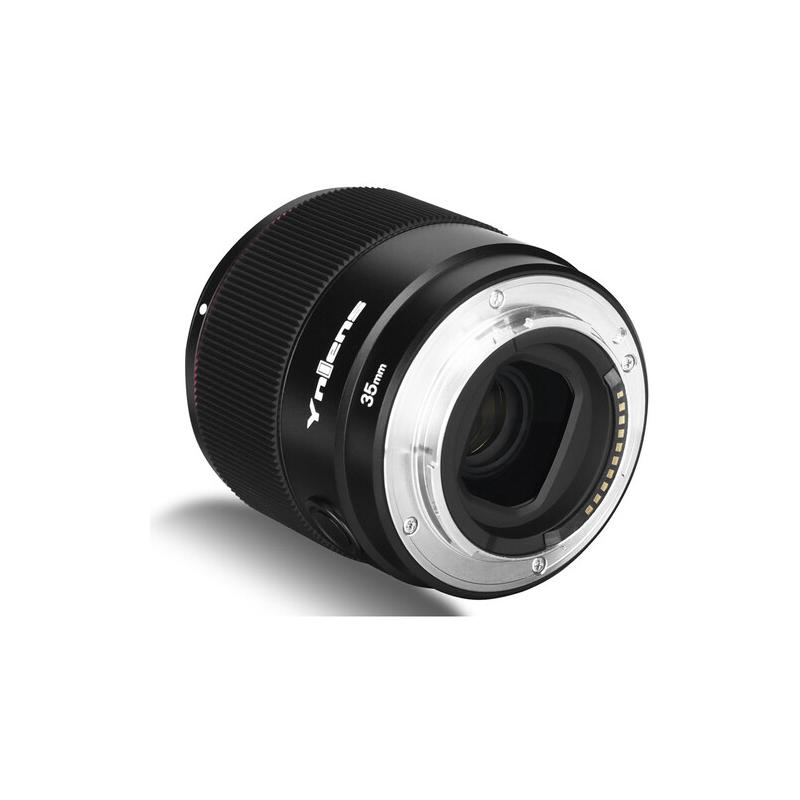
1. Choosing the Right Lens
Understanding focal length helps you choose the right lens for your needs. For example, if you are into landscape photography, a wide-angle lens (10-24mm) would be ideal. For portrait photography, a medium telephoto lens (85mm) is often preferred. Wildlife photographers might opt for a super-telephoto lens (300mm or more).
2. Experimenting with Different Focal Lengths
Don't be afraid to experiment with different focal lengths to see how they affect your images. Try shooting the same scene with various lenses or zoom settings to understand how focal length changes the composition, perspective, and depth of field.
3. Using Focal Length to Enhance Composition
Focal length can be a powerful tool in composition. Wide-angle lenses can create a sense of space and depth, making them great for capturing expansive landscapes. Telephoto lenses can isolate subjects and compress the background, making them ideal for portraits and wildlife photography.
4. Understanding Crop Factor
If you are using a camera with a crop sensor, the effective focal length will be different from the marked focal length. The crop factor is the ratio of the sensor size to a full-frame sensor. For example, if your camera has a crop factor of 1.5x, a 50mm lens will have an effective focal length of 75mm. Understanding this can help you choose the right lens and anticipate how it will perform on your camera.
Finding and understanding the focal length of your camera is essential for mastering photography. Whether you are a beginner or a seasoned professional, knowing how to determine and utilize focal length can significantly enhance your photographic skills. By using the methods outlined in this article, you can easily find the focal length of your camera and make informed decisions about lens selection and composition. Experiment with different focal lengths to discover new perspectives and elevate your photography to the next level.


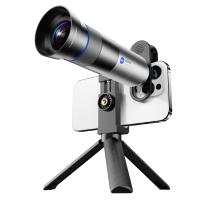
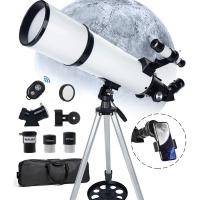

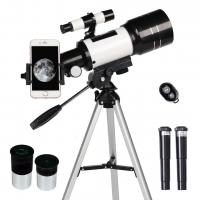
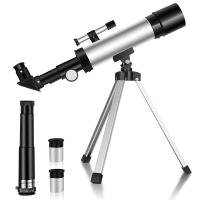
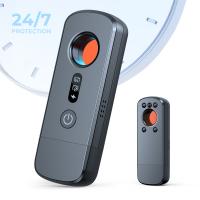
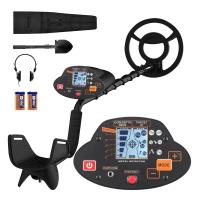
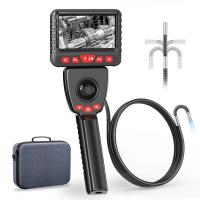
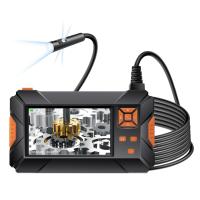
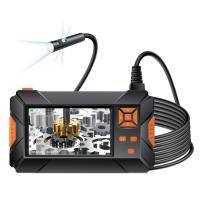

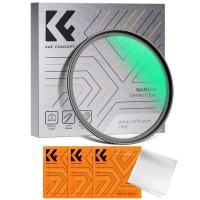



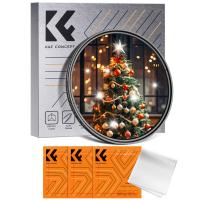
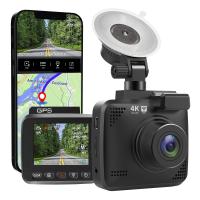
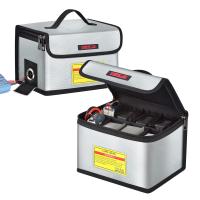
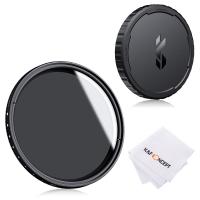
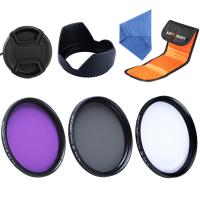

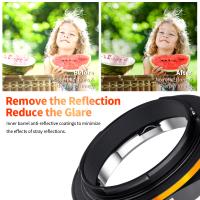
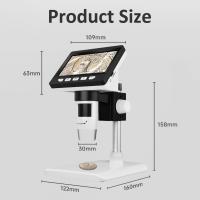


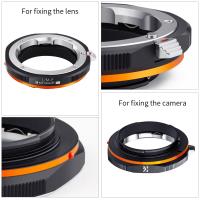


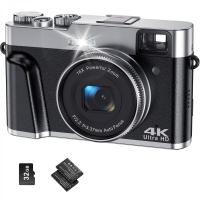
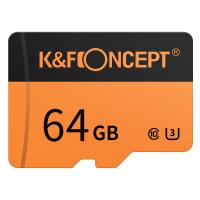


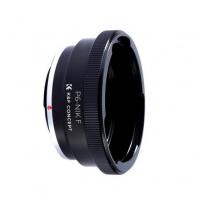
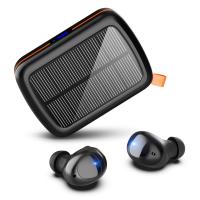


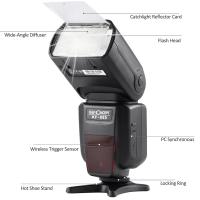
-200x200.jpg)

There are no comments for this blog.